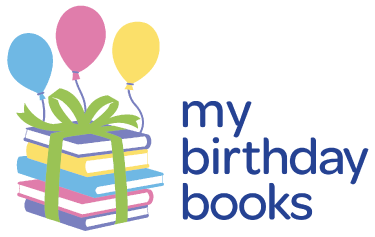Babies can choose for themselves…if you give them the opportunity to do so.
If you’re here, you know we are just crazy about children’s books and the people who write them, illustrate them, sell them, lend them and enjoy them.
We’re also very passionate about Early-Childhood Development and we love to share our experience-based knowledge whenever we can.
More and more we have learned what a crucial role books play in a child’s overall development and well-being. Today we’ll discuss how you can use books as one of the first tools in allowing your child to learn how to make choices.
We know you already have books on display for your child, thank you for doing that! But did you know that by doing so, you’re allowing your baby to make a choice? Being able to decide things on our own (as adults) makes us feel empowered, responsible, independent, secure and offers a sense of pride. It’s the same for baby!
As soon as baby can reach…they should be reaching for books. When you settle in for a story, start by offering 2 different books. Allow baby to reach for one, announce their decision to them and read the book.
As soon as baby can sit up on their own, create a small book basket for them, have it placed on the floor in their play area.
Once baby is mobile, make sure that book basket still exists and a shelf is also within their sight and reach. Eventually, you’ll be bringing your toddler & preschooler to your local library where there will be a lot of (maybe too many) choices. This is a great opportunity to teach them about planning ahead in order to make a good choice.
Did we mention how confident and special your child will feel after choosing a book to read? Picture this – baby picks a book, you recognize their decision, you snuggle and read, they want to do it again, and again 🙂


